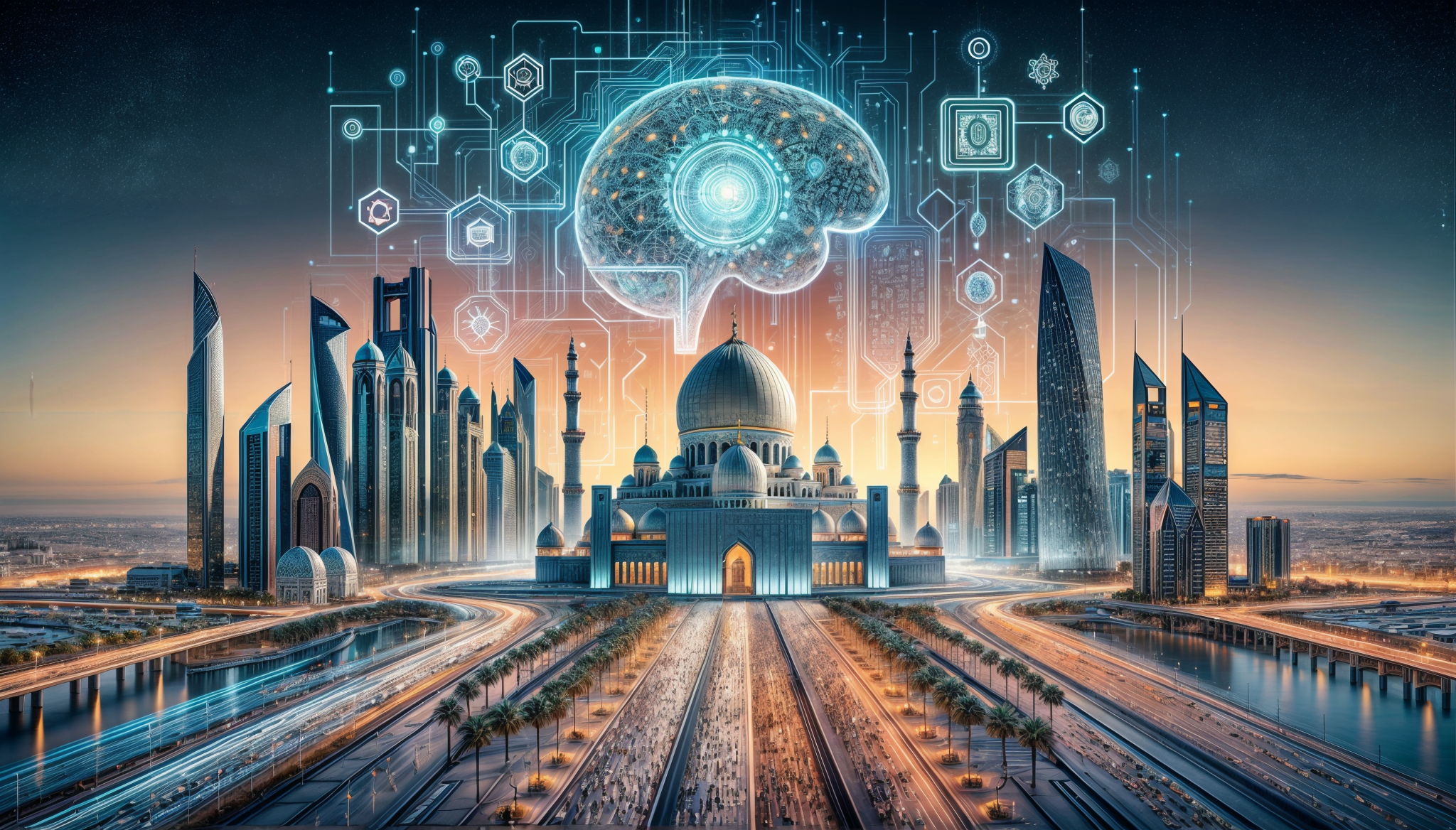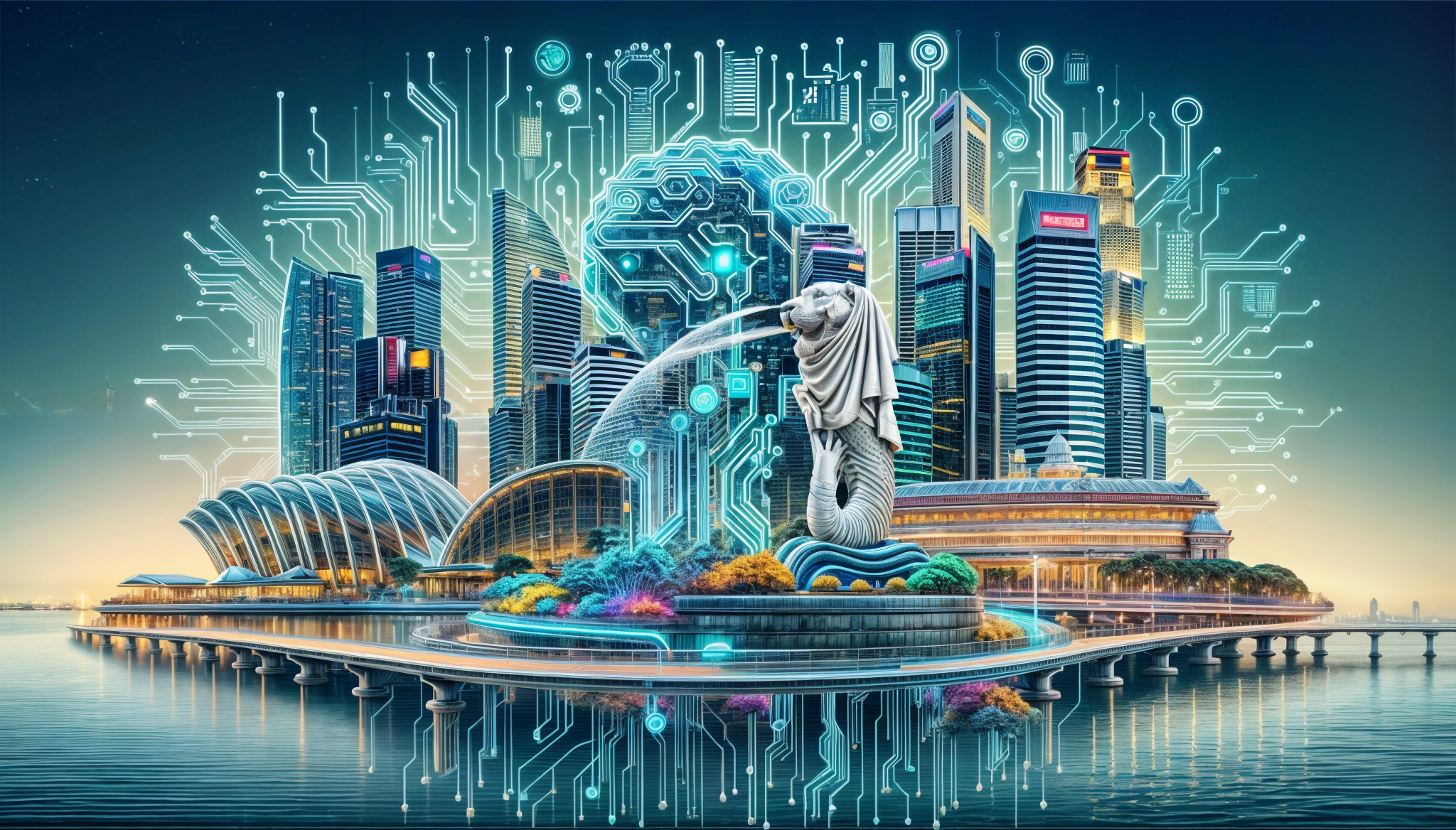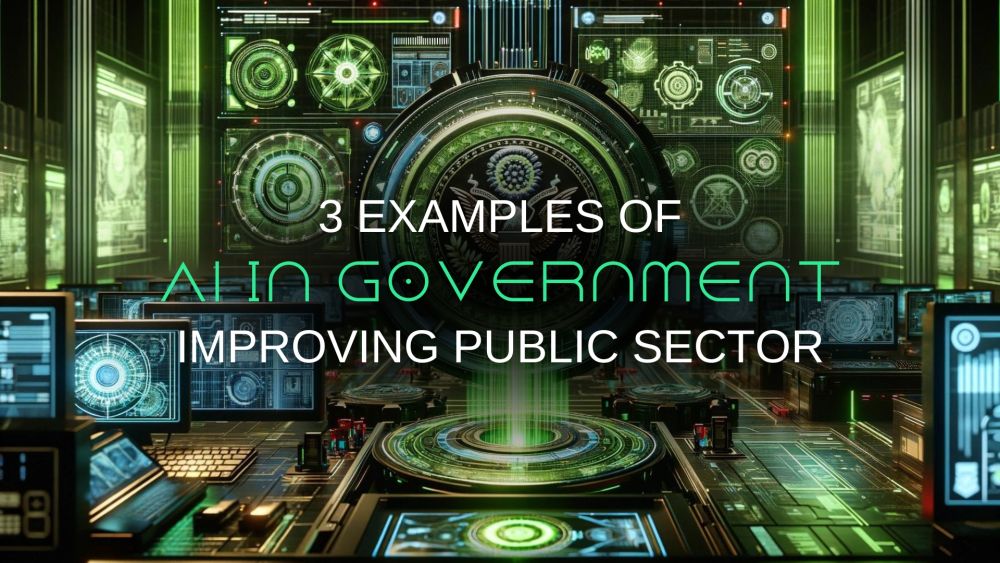AI in Government Examples: 3 Ways AI is Improving Public Sector Efficiency
The Future is Here: AI Revolutionizes Government Efficiency
Artificial intelligence (AI) is no longer the stuff of science fiction - it's rapidly becoming an essential tool for governments around the world to enhance operational efficiency, improve decision-making, and deliver better services to citizens. A recent Deloitte survey found that 79% of government officials believe AI will be "transformational" or "significantly improve" their agencies' ability to deliver on their mission.
Streamlining Routine Tasks with Process Automation
One of the most significant benefits of AI in government is its ability to automate repetitive, time-consuming tasks and workflows. By leveraging AI-powered automation tools like robotic process automation (RPA), agencies can free up employees to focus on higher-value activities that require human judgment and creativity.
Did You Know?
- The U.S. federal government could save between 96.7 million and 1.2 billion hours annually through automation, potentially resulting in cost savings of $3.3 billion to $41.1 billion.
- Visa application sorting: Immigration, Refugees and Citizenship Canada uses AI tools to sort visa applications and determine positive eligibility, automating parts of the application review process.

Data-Driven Insights: Transforming Decision-Making
Government agencies collect and generate vast amounts of data, but without effective analysis, this data alone can't yield actionable insights. AI is revolutionizing the way governments process and interpret data, enabling more informed, evidence-based decision-making and resource allocation.
Real-World Examples:
- Predictive analytics at USAID: The (USAID) employs predictive analytics and the Malaria Data Integration and Visualization for Eradication (M-DIVE) platform to enhance its AI-enabled malaria control efforts. This approach integrates over 20 diverse data sources, including epidemiological, supply chain, climate, and demographic information, to forecast malaria outbreaks and prioritize interventions. Predictive models help identify regions at higher risk due to factors like increased rainfall, enabling preemptive distribution of mosquito nets and anti-malarial drugs. M-DIVE synthesizes previously siloed datasets, generating comprehensive insights into malaria trends and program effectiveness. Real-time data analysis from M-DIVE allows USAID to monitor and evaluate ongoing initiatives, measure their impact, and adjust strategies for sustained reductions in malaria transmission and mortality.
- Department-wide analytics platform at US DOL : The Department of Labor (DOL) is developing an analytics platform that integrates diverse data and leverages AI to provide evidence-based decisions, reduce costs, enhance cybersecurity, and deliver economic and labor indicators.
- Abu Dhabi Digital Authority's Data Management Program: The Abu Dhabi Digital Authority (ADDA) is working with other government entities to deliver a smart digital government through a Data Management Program. This program allows seamless data-sharing between entities and unlocks the high-value potential of various government datasets. It supports predictive decision-making, digital value creation, and advances the Emirate's economic development towards a diversified knowledge-based economy.

Enhancing Citizen Engagement with AI-Powered Services
Perhaps the most visible impact of AI in government is its potential to transform the citizen experience. By deploying AI-powered chatbots, virtual assistants, and personalized recommendation engines, agencies can provide 24/7 access to information and services, reducing wait times and improving citizen satisfaction.
Success Stories:
- In Singapore, the government's "Ask Jamie" virtual assistant handles over 80% of citizen queries across 70 agencies, providing instant answers and freeing up staff to focus on more complex issues.
- The U.S. Citizenship and Immigration Services uses Emma, a multilingual AI-powered chatbot, to answer nearly half a million questions per month related to immigration policies and procedures.

The Future of AI-Enabled Government
As these examples demonstrate, AI is already driving significant efficiency gains in government, from automating routine tasks and improving decision-making to transforming citizen services. However, realizing the full potential of AI in the public sector will require ongoing investment, experimentation, and collaboration between government agencies, technology providers, and citizens.
As a government leader, how are you leveraging AI to drive efficiency and improve services in your organization? The future of AI-enabled government is bright—and the time to start exploring its possibilities is now.





